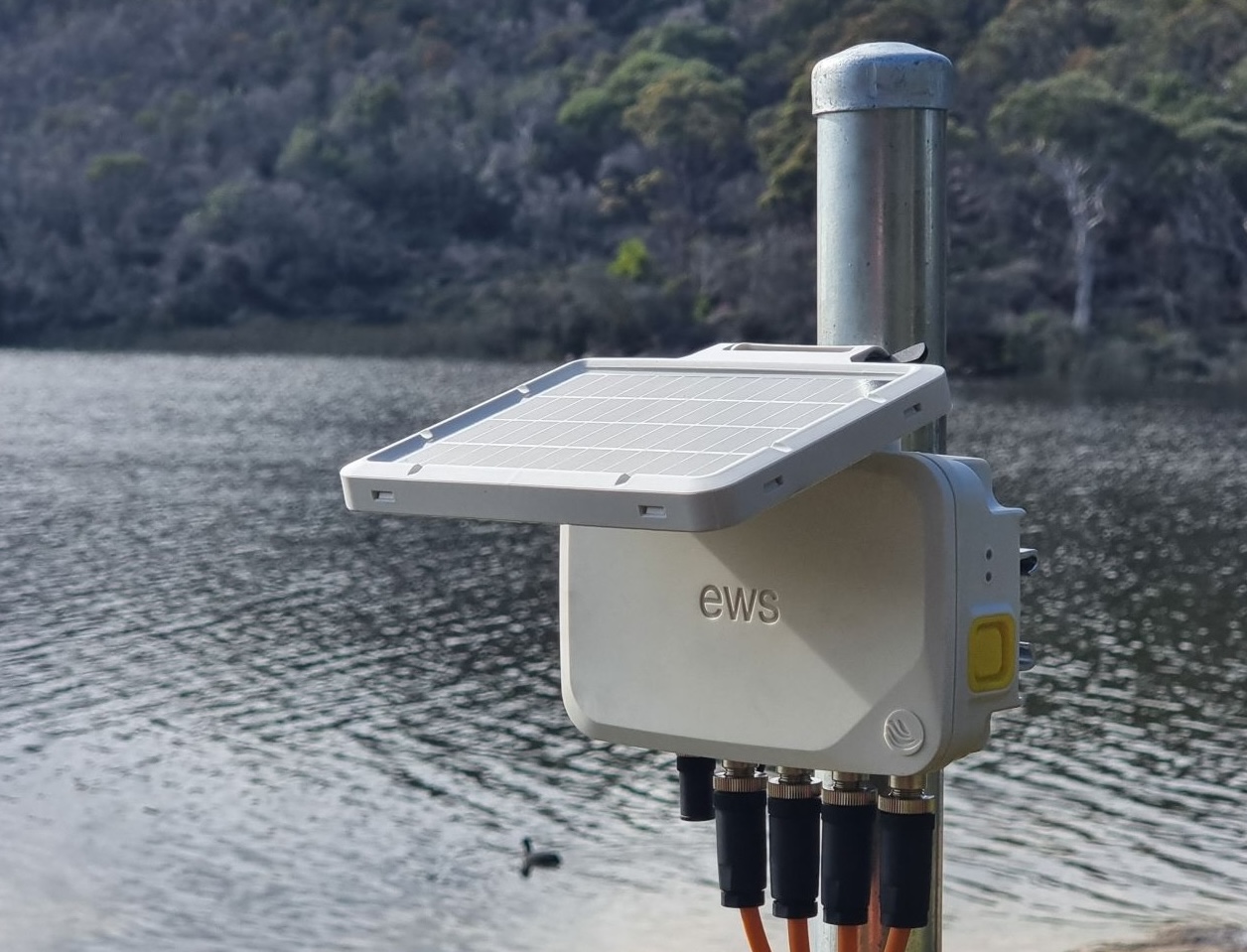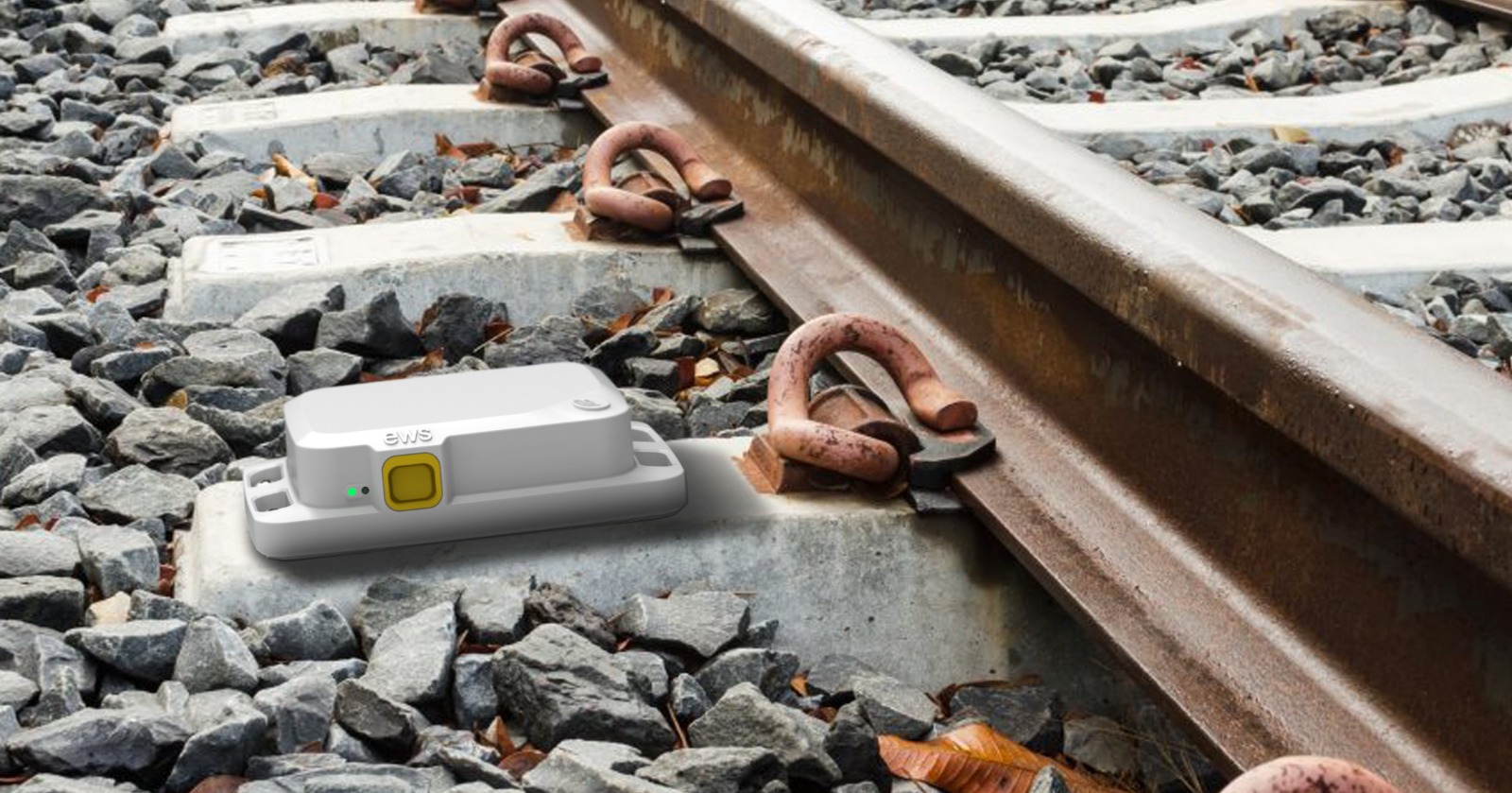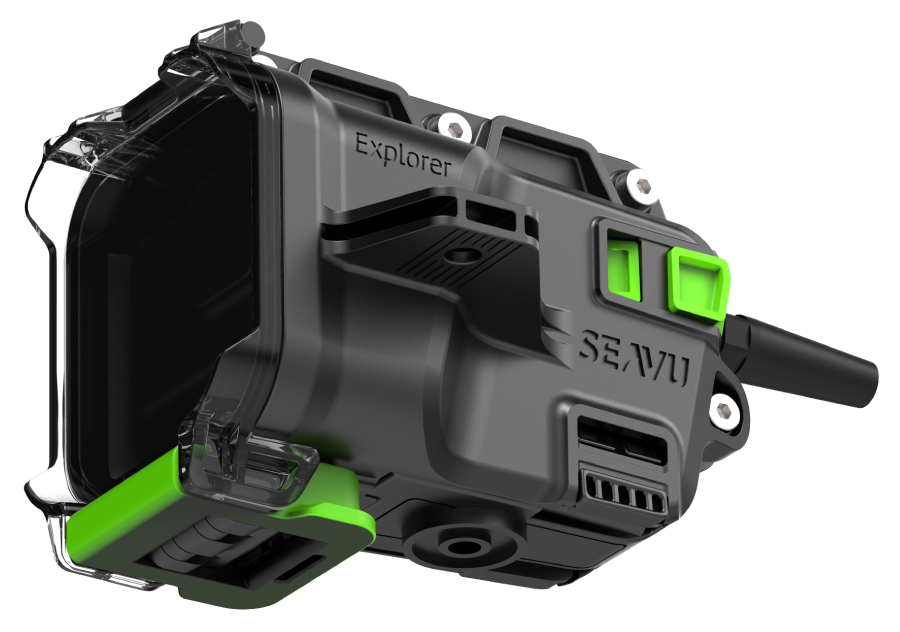Case Studies
EWS Australia

Modernising the aesthetic of EWS remote monitoring sensors for international appeal.
The EWS revolutionary sensors boost safety and sustainability across a broad range of environmental infrastructure applications. With our sleek new designs, the products are also IP68-rated, have greater functionality and feature a more attractive modern, yet rugged aesthetic.
Services delivered
- Requirements research
- Concept sketches
- Rapid prototyping
- Materials testing
- Component sourcing
- Precision engineering
- Product Engineering
- Collaboration with electronics designers
- Collaboration with plastics manufacturers


Project goals
EWS’ main goal was to upgrade the aesthetic of their Switch, Tilt and VWT products to appeal to an international market. The target look and feel needed to be modern, yet rugged. High-tech, yet practical for technicians to install.
- Redesign the housing units for the Switch, Tilt and VWT products
- Uplift the aesthetic to appeal to international markets
- Ensure the redesign was economical and would avoid new injection moulds
- Find a more economical and practical method to reach an IP68 rating
- Create flexible lid sizes for batteries
- Design versatile clip-based mounting brackets that are easy to install in indoor and outdoor environments
Features
In addition to the sleek new look, the new housings for the Switch, Tilt and VWT products bring a range of new benefits and features including:
- IP68 rating
- Cost-effective waterproofing
- Elegant condensation mitigation
- Click-in, click-out mounting bracket for easy mounting
- Over-moulded press button
- Dark green colour option for discreet deployments
- Rechargeable and non-rechargeable internal battery options
- In-built cellular and satellite antennas
- External contingency antenna for low reception installations


Results
EWS achieved notable successes across various regions and applications:
Canada Deployment
- Dispatched satellite-enabled telemetry devices and water level sensors to Summit Infrastructure.
- Effective winter monitoring under flood-prone rail bridge.
- Crucial data for spring snowmelt.
Geotechnical Monitoring Expansion
- Introduced VWT device for up to 8 Vibrating Wire sensors.
- Long-life batteries and optional solar bracket.
- Data logging over cellular and Iridium networks.
Brazil Disaster Response
- Deployed Telemetry Tiltmeters and EWS-Switch Devices
- Monitored slope stability and water levels during severe flooding.
- Maintained data visibility despite collapsed cellular infrastructure.
North American Market Entry
- Showcased new product range in New York’s Times Square.
South American Mining Impact
- Installed IoT-based monitoring solutions in Brazil and Colombia mines.
- Ensured tailing dam safety and monitored rail link slips.
- Secured distributors in Brazil, Chile, Colombia, and Peru.








Let’s bring your product to market
About the project
Why Our Clients Love Working With Us


Why Choose Us?
-
 Work with our directors
Work with our directorsBy choosing Paraform, you can rest assured knowing our knowledgeable directors are overseeing your project from start to finish.
-
 Reduce defects
Reduce defectsBy taking the time to test the nuts and bolts properly, we can assure you of a higher-quality product that’s well-crafted and unparalleled.
-
 Nimble processes
Nimble processesWe’re a lean product engineering team based in Melbourne, and we pride ourselves on working quickly and efficiently at every stage.
-
 End-to-end services
End-to-end servicesNo matter what stage your product idea has reached, we can help you bring a new product to market from the ground up, pronto.

Let’s bring your product to market







